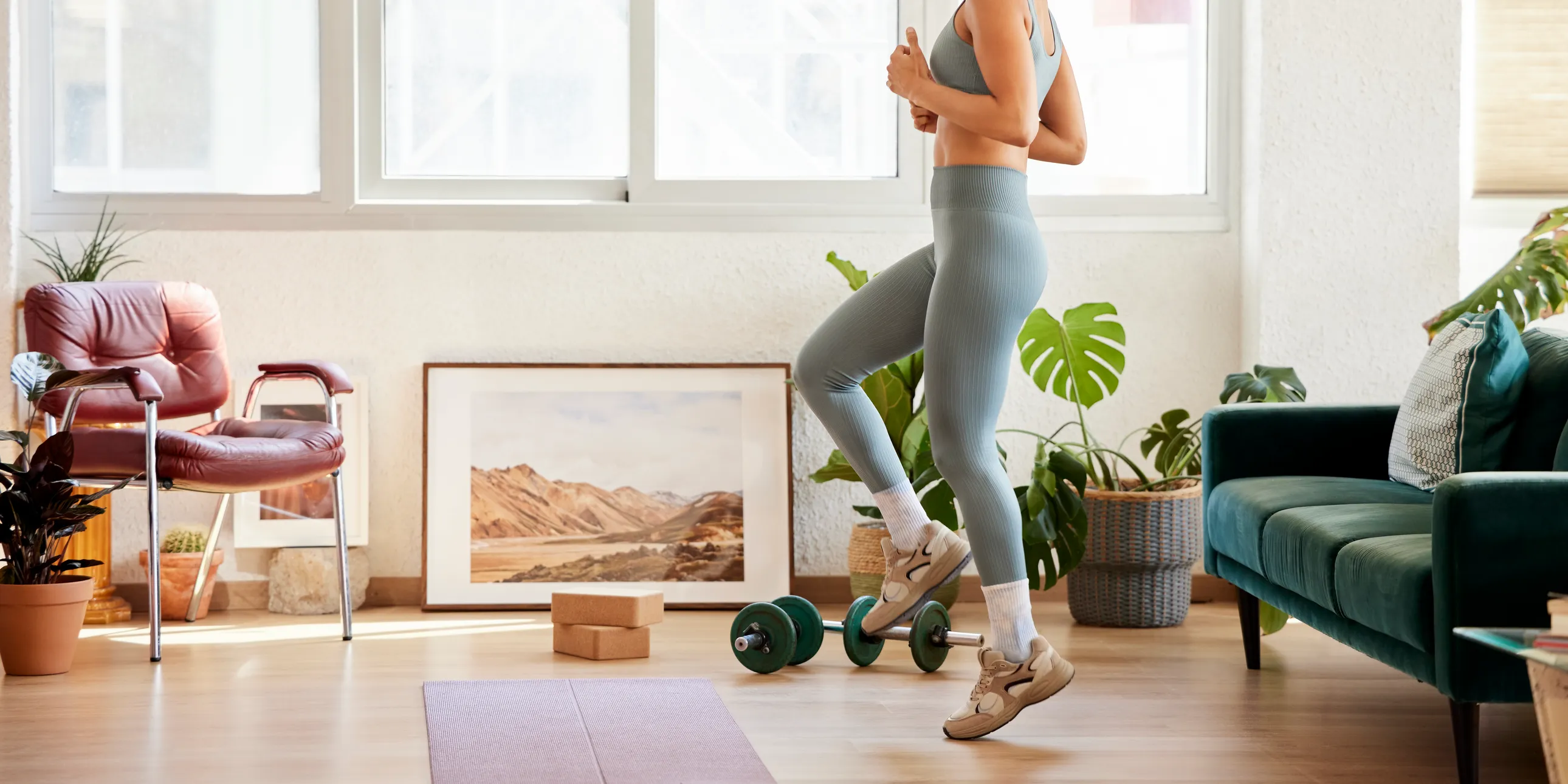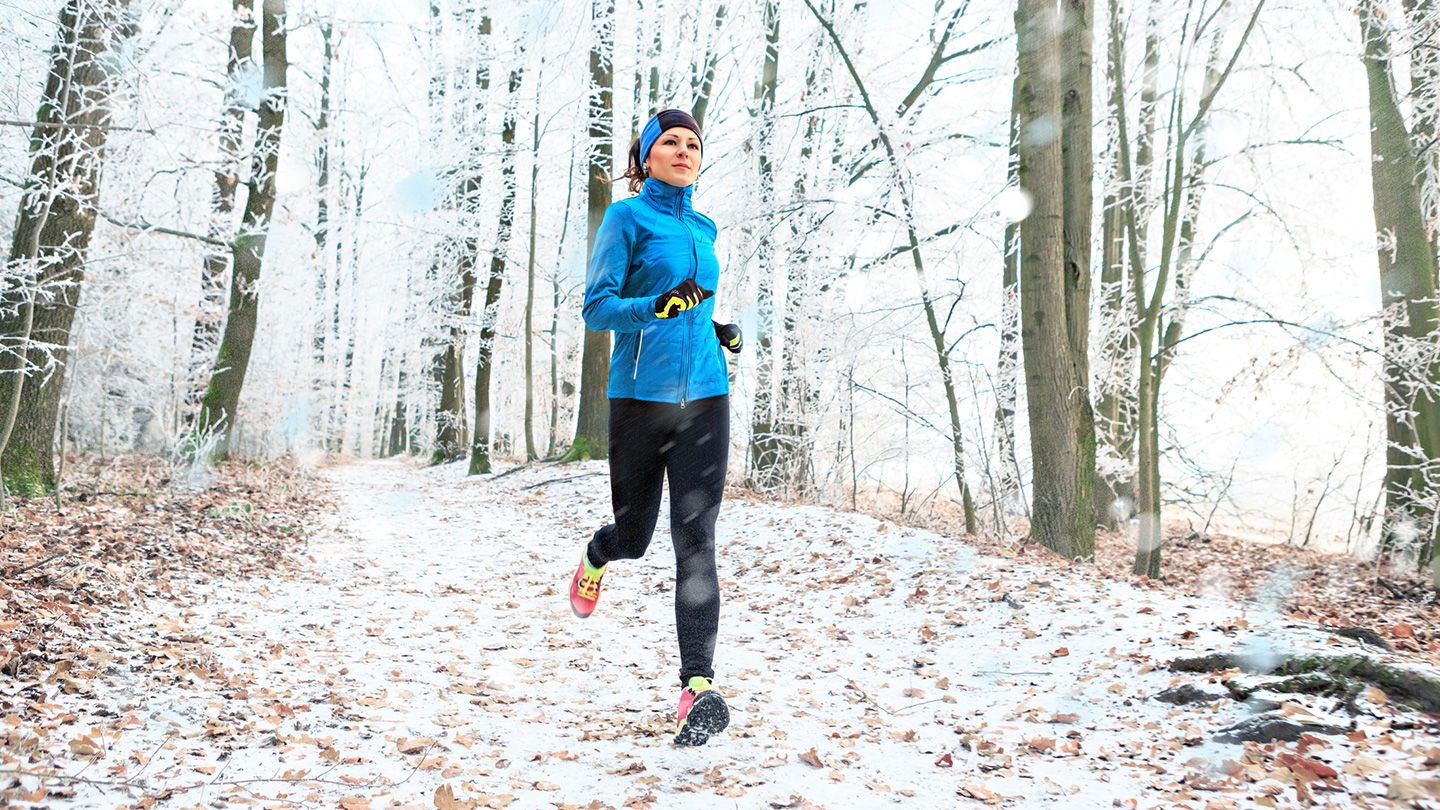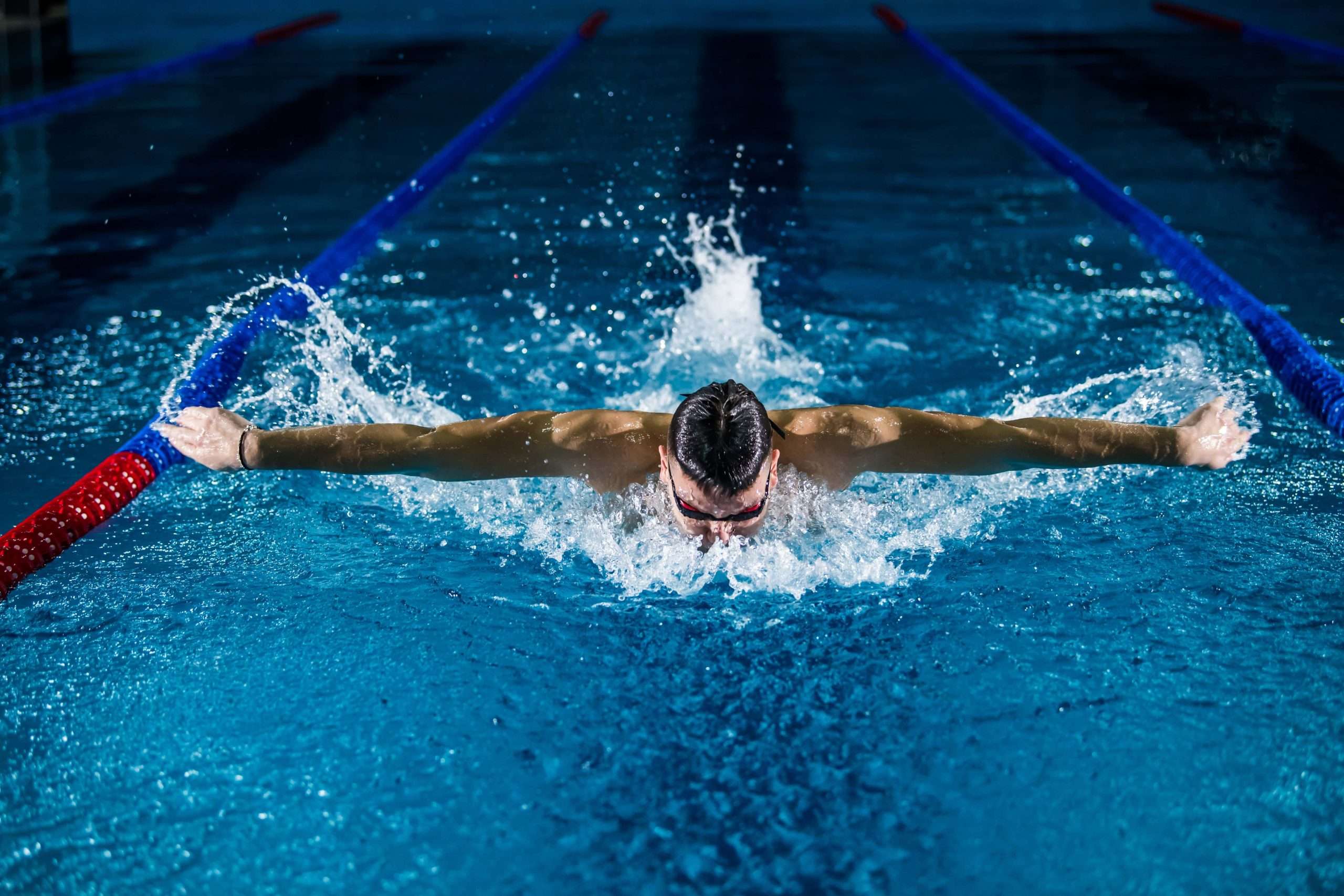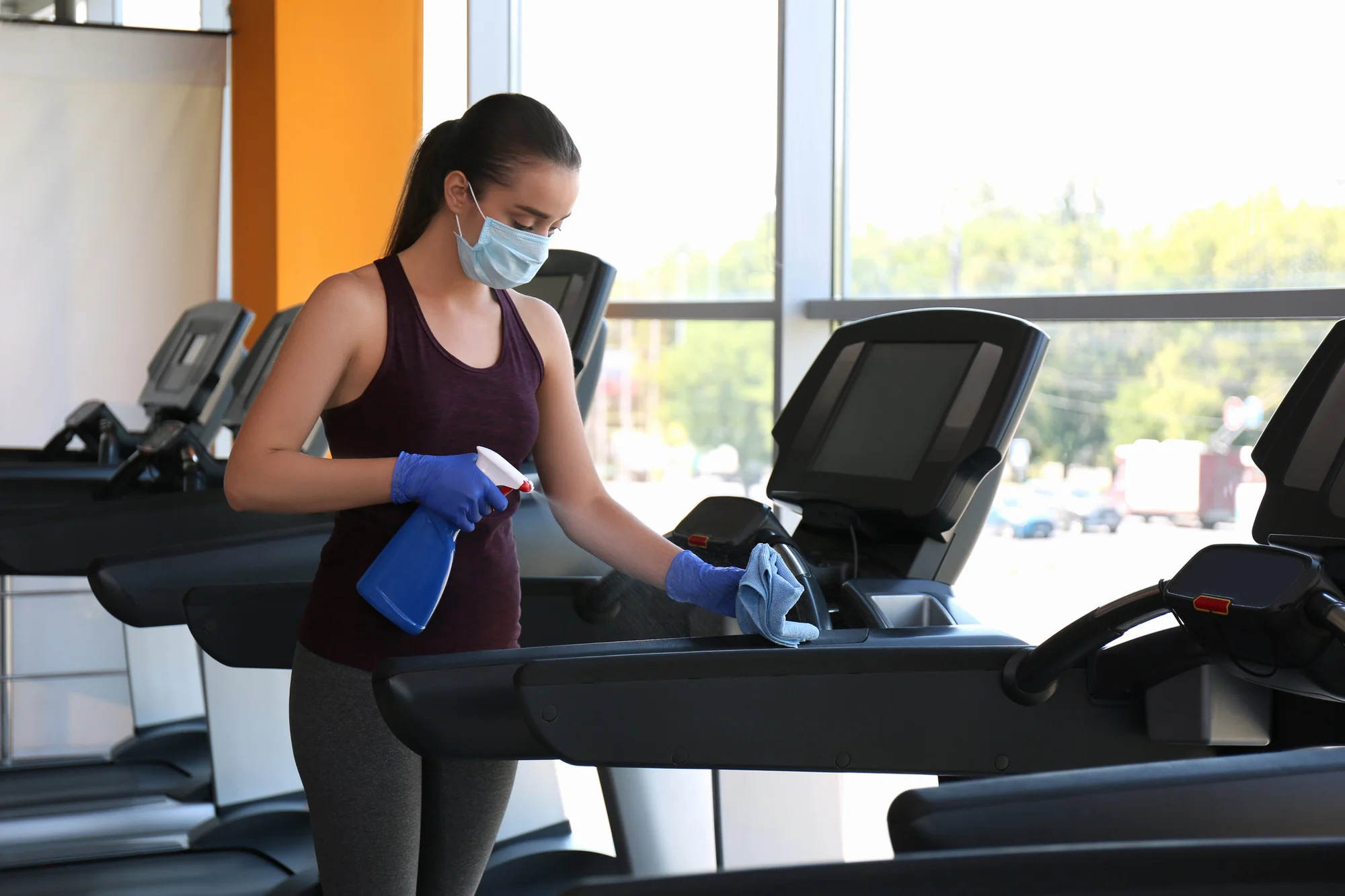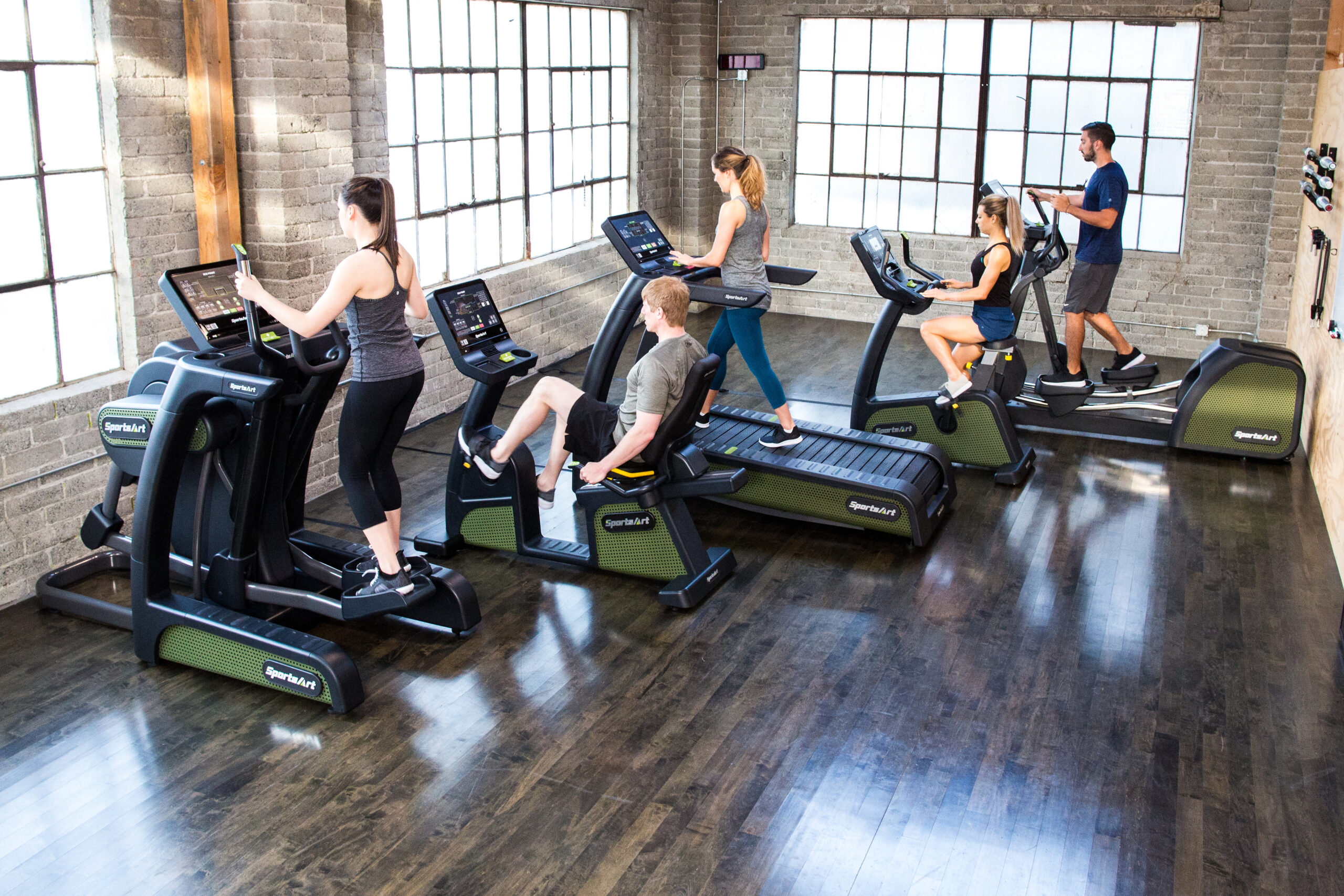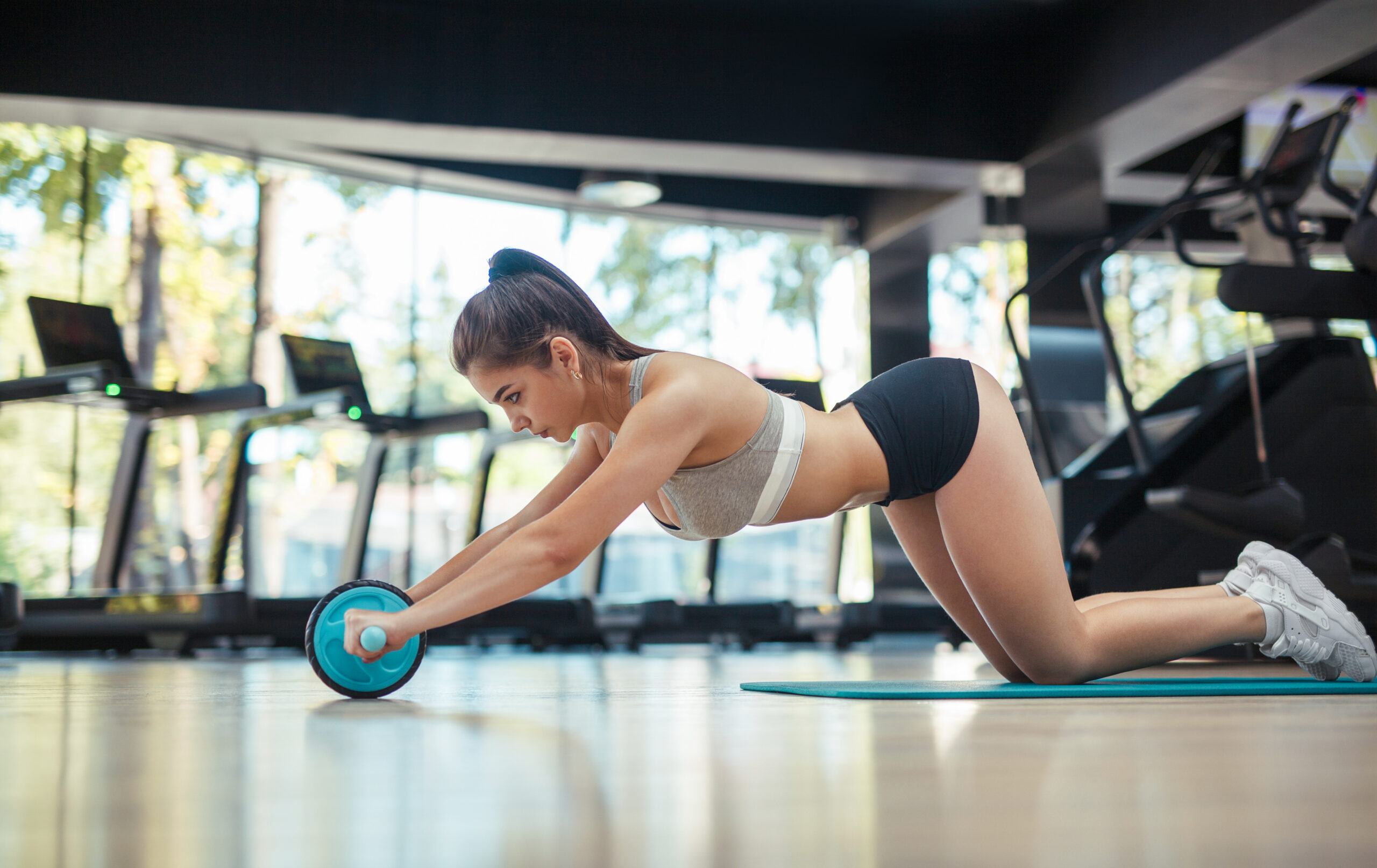Choosing the right socks for your workout is crucial for comfort and performance. Wearing the appropriate socks can prevent blisters, provide support, and enhance your overall workout experience. Different exercises require different types of socks, and understanding this can make a big difference in your performance.
For activities like running, look for moisture-wicking materials that keep your feet dry. If you’re doing yoga or pilates, consider thinner socks with more grip. Each type of workout has its ideal sock, and knowing what to wear helps you stay comfortable and focused.
Finding the socks that best match your workout isn’t just about style; it’s about performance and health. The right socks can help you stay active and enjoy your exercises more, leading to a better workout overall.
Key Takeaways
- Choose socks that match your workout type for comfort and performance.
- Moisture-wicking and supportive socks prevent issues during physical activities.
- Proper sock care can extend their lifespan and enhance your workout experience.
Understanding Workout Socks Essentials
Selecting the right socks for your workouts can greatly impact your performance and comfort. From moisture management to fit, each detail can make a difference in how you feel during exercise.
Importance of Sock Selection in Workouts
Choosing the right workout socks is crucial for comfort and injury prevention. Proper socks help reduce friction and can minimize the risk of blisters during activities like running or weightlifting.
Wearing the right socks provides support for your feet. For example, compression socks can enhance circulation and reduce muscle fatigue. If you mostly do low-impact exercises, cushioned socks can offer comfort. It’s essential to match your sock type with your workout to optimize your performance.
Different Types of Workout Socks
There are various types of workout socks tailored for specific activities. Here are a few examples:
- No-show socks: Best for casual workouts or low-profile shoes. They provide minimal coverage.
- Crew socks: Offer extra support for the ankle, perfect for outdoor activities.
- Ankle socks: Ideal for endurance activities and provide a balance of coverage and ventilation.
- Grip socks: Great for yoga or pilates; they prevent slipping.
- Toe socks: Help reduce moisture and allow for natural foot movement.
Understanding these options can help you choose what fits your workout routine best.
Material Matters: Sweat-Wicking and Breathable Fabrics
The material of your socks plays a vital role in your comfort. Moisture-wicking fabric helps your feet stay dry by pulling sweat away from your skin. This is important to prevent blisters and maintain comfort during intense workouts.
Breathable materials allow for airflow, which keeps your feet cool. Look for socks made from synthetic blends like nylon or polyester, as they often offer both moisture-wicking properties and durability.
Some socks also have special features like cushioning or extra layers for support. Always consider your activity type when selecting materials to ensure the best performance and comfort.
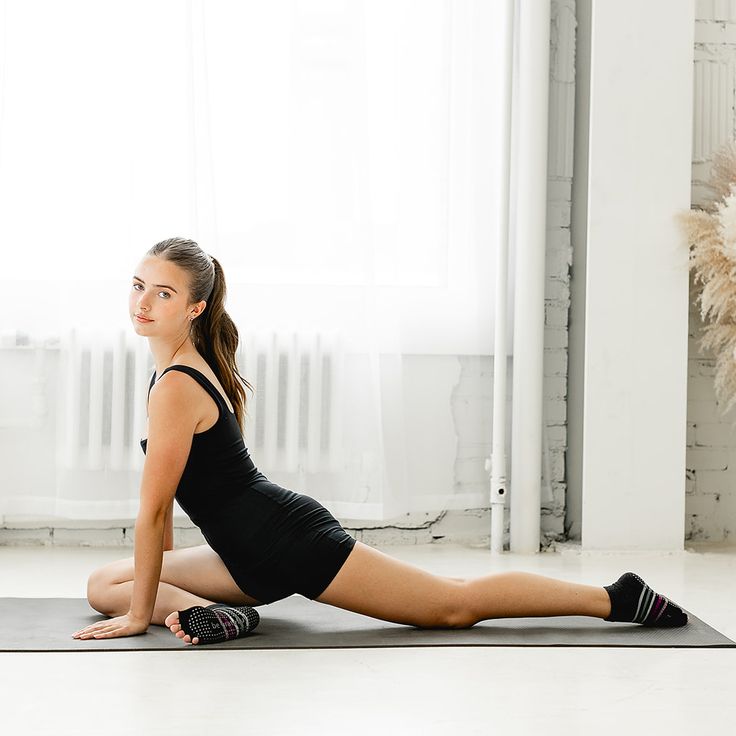
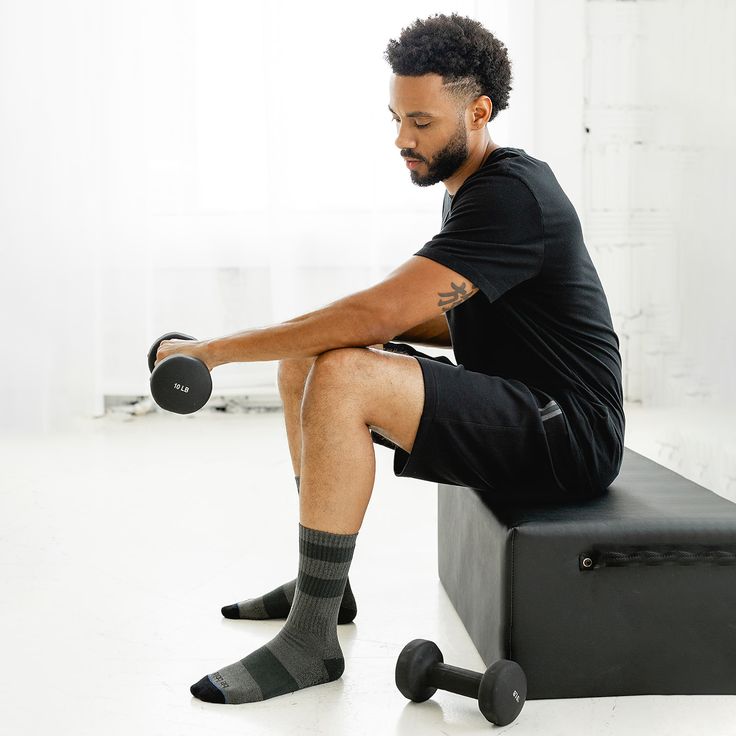
Choosing Socks for Different Workout Intensities
Selecting the right socks can make a big difference in your comfort and performance during workouts. Here’s how to choose the best socks based on the intensity of your activities.
Socks for Low-Impact Workouts
For low-impact workouts like yoga or pilates, you don’t need heavy cushioning. Look for socks made from lightweight materials, such as cotton or a cotton blend.
These socks should offer breathability and moisture-wicking properties to keep your feet dry. Grip socks, which have textured bottoms, can provide better stability on slippery surfaces.
Key Features:
- Breathable fabrics
- Lightweight design
- Moisture-wicking
Choose socks that fit snugly but don’t restrict circulation. This way, you can focus on your movements without discomfort.
Socks for Running and High-Impact Activities
When running or engaging in high-impact workouts, such as HIIT training, it’s essential to choose performance socks. These socks often have cushioning and arch support to absorb shock and reduce the risk of blisters.
Opt for socks made from synthetic materials designed for breathability and moisture control. Look for specific features like:
- Cushioned soles: For added comfort.
- Ankle height: Can offer extra support and prevent chafing.
Consider socks with mesh panels to enhance ventilation. A good fit is crucial for running, as it helps prevent blisters and keeps your feet comfortable.
Specialized Socks for Hiking and Outdoor Activities
For hiking and outdoor activities, investing in specialized hiking socks is wise. These socks are typically thicker and offer more cushioning to protect your feet on rough terrain.
Look for socks made from wool or synthetic blends. Wool helps regulate temperature and control moisture, which is critical during long hikes.
Important Features:
- Reinforced heel and toe areas for durability
- Compression zones for better blood circulation
- Extra padding in high-friction areas
These characteristics will help reduce fatigue and blisters while keeping your feet warm and dry on the trails. Always choose socks that fit well to maximize comfort during your adventures.
Enhancing Comfort and Performance
Choosing the right socks can greatly improve your workout experience. By focusing on features that prevent blisters, provide support, and enhance grip, you can enhance both comfort and performance during various activities.
Technologies for Preventing Blisters and Irritations
Blisters can derail your workout and cause pain. Look for socks with blister prevention technology, which often includes seamless construction and moisture-wicking fabrics. These features reduce friction and keep your feet dry.
Cushioned socks also play a key role. They provide extra padding in high-impact areas, which helps absorb shock and minimizes irritation. Some brands incorporate anti-odor technology, helping keep your socks fresher for longer. When selecting socks, ensure they fit well—too tight or too loose can lead to blisters.
Benefits of Compression and Support
Compression socks have become popular among athletes. They offer support that can enhance blood circulation during and after workouts. Improved circulation helps reduce muscle soreness and speeds up recovery.
Choose socks with various compression levels. Light compression is suitable for casual workouts, while higher compression may benefit those pushing their limits. This added support can boost your performance during intense sessions by keeping your muscles engaged and reducing fatigue.
Balance and Grip Enhancements
Certain activities require better balance and grip. Look for grip socks that feature rubberized soles or textures. These designs help prevent slippage whether you’re in a yoga class or performing agility drills.
Additionally, cushioned socks can enhance stability by providing a solid foundation. They help your feet remain comfortable and supported, which is essential for maintaining balance. As you engage in workouts that involve movement, having the right grip can enhance your confidence and performance.
Sock Care and Maintenance
To keep your socks in good shape, it’s important to follow simple care guidelines. This helps prolong their life and ensures comfort during your workouts.
Washing Socks:
- Always wash your socks in cold water to prevent shrinking or damage.
- Use a gentle detergent to keep the fabric from breaking down.
- Avoid bleach, as it can weaken the fibers.
Drying Tips:
- Air dry your socks when possible. This prevents heat damage from dryers.
- If you must use a dryer, choose a low heat setting.
Storage:
- Store socks in a cool, dry place. This keeps them fresh and prevents mildew.
- Avoid folding socks tightly, as this can strain the elastic.
When to Replace:
- Look for signs of wear like holes or thinning fabric.
- If your socks no longer control odors or support your feet, it’s time for new ones.
Frequency of Replacement:
- Aim to replace socks every 6-12 months, depending on how often you use them.
- Regular checking will help you keep track of their condition.
By following these care tips, you can maintain the quality of your socks and enjoy better comfort during each workout.
